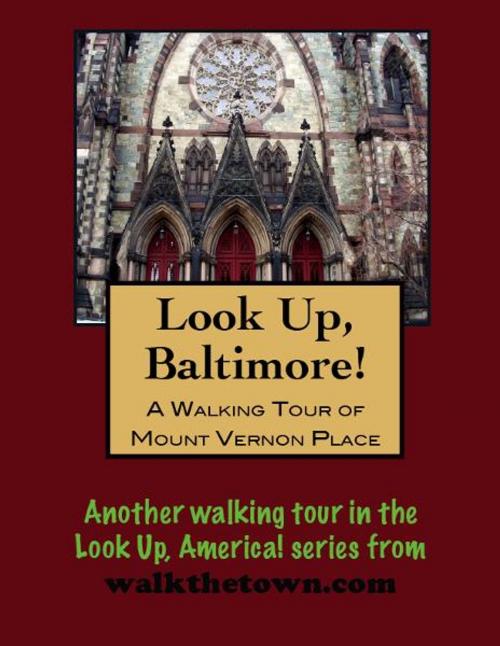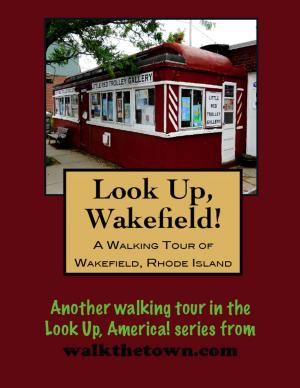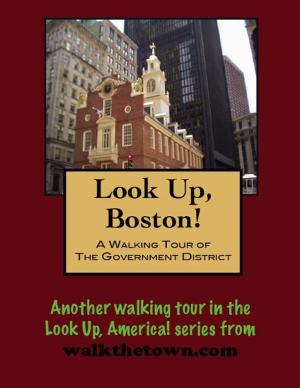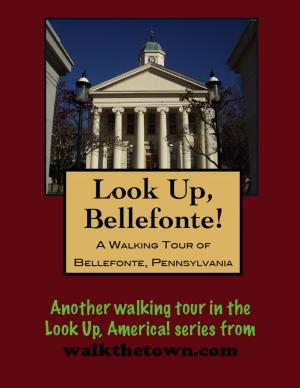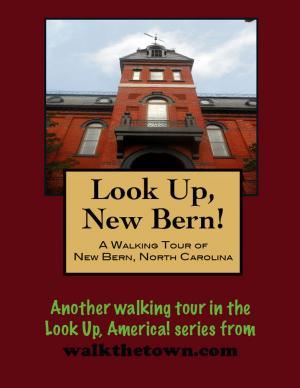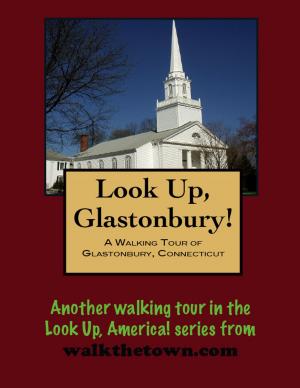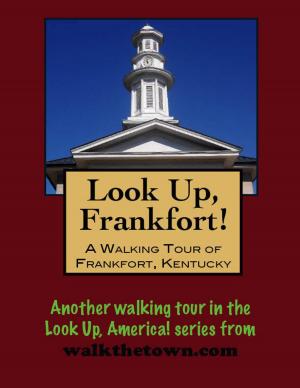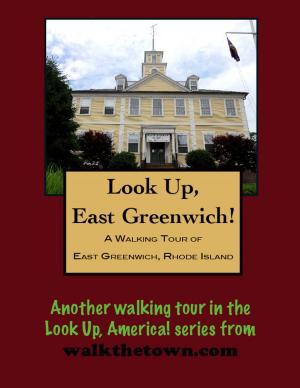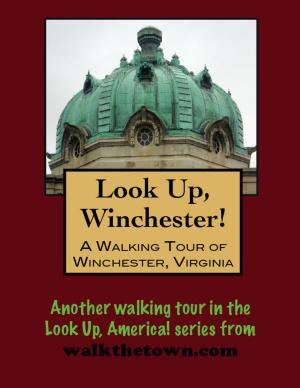| Author: | Doug Gelbert | ISBN: | 9781452307916 |
| Publisher: | Doug Gelbert | Publication: | January 11, 2010 |
| Imprint: | Smashwords Edition | Language: | English |
| Author: | Doug Gelbert |
| ISBN: | 9781452307916 |
| Publisher: | Doug Gelbert |
| Publication: | January 11, 2010 |
| Imprint: | Smashwords Edition |
| Language: | English |
There is no better way to see America than on foot. And there is no better way to appreciate what you are looking at than with a walking tour. Whether you are preparing for a road trip or just out to look at your own town in a new way, a downloadable walking tour from walkthetown.com is ready to explore when you are.
Each walking tour describes historical and architectural landmarks and provides pictures to help out when those pesky street addresses are missing. Every tour also includes a quick primer on identifying architectural styles seen on American streets.
This walking tour of Mount Vernon Place takes you through the neighborhood that has been regarded as the heart of Baltimore for more than a century.
In 1809, ten years after George Washington's death, a group of prominent Baltimore citizens petitioned the General Assembly of Maryland for permission to hold a lottery for the purpose of raising funds to erect a monument honoring the nation's first president. The legislature responded promptly, passing a law in early 1810 authorizing the raising of $100,000 by lottery to build a Washington Monument, and selecting as the proposed site the location of Baltimore's old Court House (then being razed) on Calvert Street between Fayette and Lexington streets. The Managers of the lottery--leading Maryland citizens hand-picked by the legislature--announced a design competition in March of 1813, offering $500 for the best design of a monument commemorating Washington. They picked a design by Robert Mills that called for a massive column and a crowning statue representing Washington, dressed as a Roman warrior, riding in a horse-drawn chariot.
When the winning design was announced, the owners of the houses surrounding the proposed site rose in opposition, fearing that such a tall column would surely fall over on them, and even if it remained standing, would probably attract lightning. Colonel John Eager Howard, Baltimore's own Revolutionary hero, came to the rescue, donating land from his immense estate, Belvidere, for the placement of the monument honoring his former Commander-in-Chief. The donated site, then called Howard's Woods, was a hill well north of the Baltimore town of 1815, where a falling statue would be unlikely to harm anyone.
Colonel Howard died in 1827, and his heirs are credited with laying out the four park squares surrounding the Monument in the form of a Greek Cross. The squares running north and south from the Monument are named Washington Place, and those laid out to the east and west are named Mount Vernon Place. Over the years, "Mount Vernon Place" has come to refer to not only the entire square, but also the surrounding neighborhood.
During the 1830s and 1840s, the town of Baltimore steadily grew out to the Monument. Colonel Howard's heirs sold lots bordering the parks, and by the 1850s the area began to boast the most elegant townhouses in the city. With the development of the surrounding area, the parks were relandscaped periodically in keeping with the prevailing fashion of the day. At one time, trees were allowed to grow to considerable heights and then cut down because they marred the vistas; the grass plots were once enclosed within fences, which were removed in the 1890s. By that time, the squares were becoming an outdoor sculpture garden, which they remain today.
The fortunes of Mount Vernon Place have waned and soared over the years but it has always been what Baltimoreans consider "the heart of the city." The neighborhood retains its grand homes and monumental cultural institutions and out walking tour will start at the Washington Monument that started it all...
There is no better way to see America than on foot. And there is no better way to appreciate what you are looking at than with a walking tour. Whether you are preparing for a road trip or just out to look at your own town in a new way, a downloadable walking tour from walkthetown.com is ready to explore when you are.
Each walking tour describes historical and architectural landmarks and provides pictures to help out when those pesky street addresses are missing. Every tour also includes a quick primer on identifying architectural styles seen on American streets.
This walking tour of Mount Vernon Place takes you through the neighborhood that has been regarded as the heart of Baltimore for more than a century.
In 1809, ten years after George Washington's death, a group of prominent Baltimore citizens petitioned the General Assembly of Maryland for permission to hold a lottery for the purpose of raising funds to erect a monument honoring the nation's first president. The legislature responded promptly, passing a law in early 1810 authorizing the raising of $100,000 by lottery to build a Washington Monument, and selecting as the proposed site the location of Baltimore's old Court House (then being razed) on Calvert Street between Fayette and Lexington streets. The Managers of the lottery--leading Maryland citizens hand-picked by the legislature--announced a design competition in March of 1813, offering $500 for the best design of a monument commemorating Washington. They picked a design by Robert Mills that called for a massive column and a crowning statue representing Washington, dressed as a Roman warrior, riding in a horse-drawn chariot.
When the winning design was announced, the owners of the houses surrounding the proposed site rose in opposition, fearing that such a tall column would surely fall over on them, and even if it remained standing, would probably attract lightning. Colonel John Eager Howard, Baltimore's own Revolutionary hero, came to the rescue, donating land from his immense estate, Belvidere, for the placement of the monument honoring his former Commander-in-Chief. The donated site, then called Howard's Woods, was a hill well north of the Baltimore town of 1815, where a falling statue would be unlikely to harm anyone.
Colonel Howard died in 1827, and his heirs are credited with laying out the four park squares surrounding the Monument in the form of a Greek Cross. The squares running north and south from the Monument are named Washington Place, and those laid out to the east and west are named Mount Vernon Place. Over the years, "Mount Vernon Place" has come to refer to not only the entire square, but also the surrounding neighborhood.
During the 1830s and 1840s, the town of Baltimore steadily grew out to the Monument. Colonel Howard's heirs sold lots bordering the parks, and by the 1850s the area began to boast the most elegant townhouses in the city. With the development of the surrounding area, the parks were relandscaped periodically in keeping with the prevailing fashion of the day. At one time, trees were allowed to grow to considerable heights and then cut down because they marred the vistas; the grass plots were once enclosed within fences, which were removed in the 1890s. By that time, the squares were becoming an outdoor sculpture garden, which they remain today.
The fortunes of Mount Vernon Place have waned and soared over the years but it has always been what Baltimoreans consider "the heart of the city." The neighborhood retains its grand homes and monumental cultural institutions and out walking tour will start at the Washington Monument that started it all...
